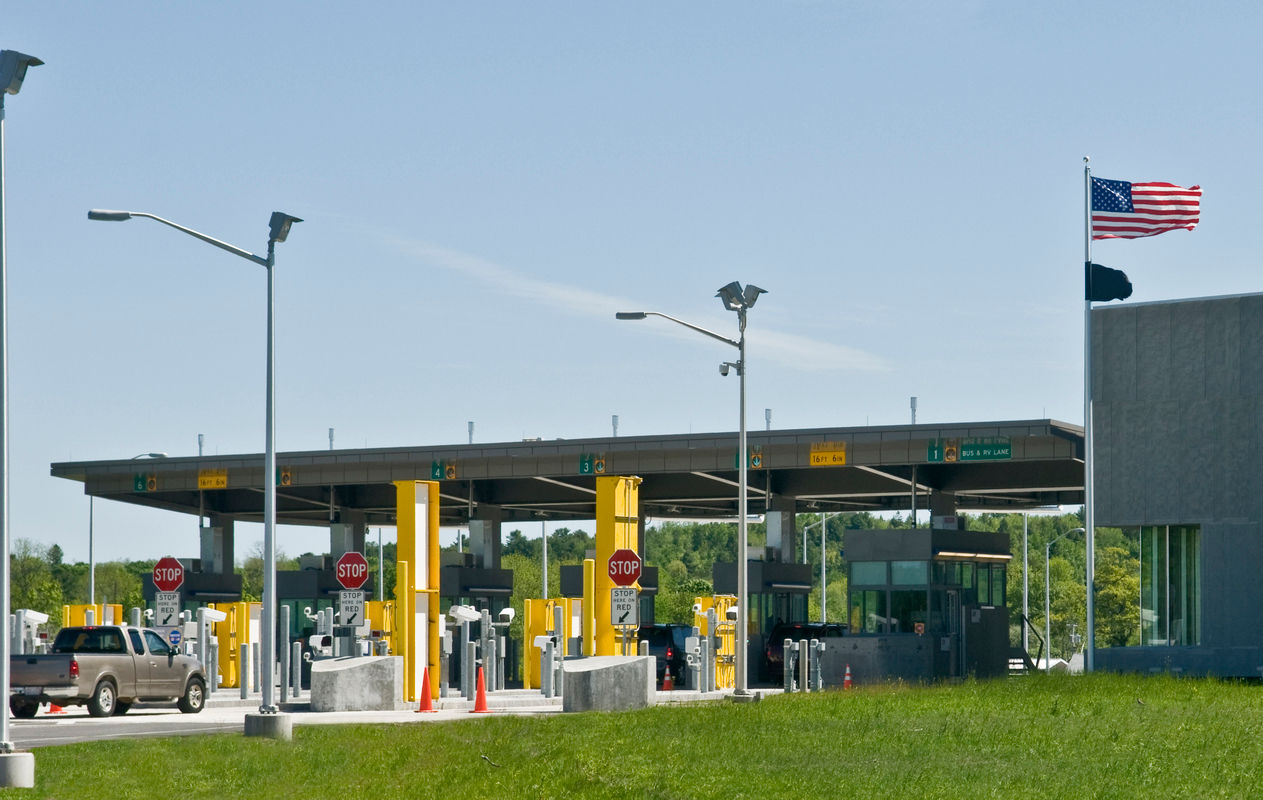
June 29, 2022
Big Bang for Independence Day - A Signal of Shifting Supply Chains
Big Bang for Independence Day - A Signal of Shifting Supply Chains

Will supply chain and logistics challenges get in the way of Independence Day festivities? U.S. fireworks imports have likely reached a new record high in 2022, including earlier shipping than in previous years to avoid logistics congestion. The unusually precise deadline also allows us to clearly see the impact of shifting supply chain strategies over the past three years.
The U.S. Independence Day holiday is the biggest fireworks occasion of the year, with imports of fireworks (HS 3604.10) reaching $468 million in 2021 per U.S. Census Bureau data.
It also provides an unusually precise deadline for logistics operations, which frequently deal with fuzzier timeframes like “back to school” (July / August) or “peak shopping season” (October to December). As such it provides a clear signal of shifting supply chain operations during the past three years.

The 2010-2019 period shows regular seasonality. Imports seasonally peak in May and June which accounted for 37% of annual imports on average between 2010 and 2019, as indicated by the light-gray line in the chart above.
China (including Hong Kong) produces 99% of the fireworks imported to the U.S. every year. As such, pandemic-related factory closures in 2020 (dark grey line) led to a shortfall in shipments in March 2020 before a rapid recovery thereafter. Total imports in 2020 were inline with those of 2019.
In 2021 (black line) the rapid run-up in logistics delivery times –which increased rapidly during the year according to Flexport’s Ocean Timeliness Indicator – meant that deliveries arrived later than normal with a peak in July likely missing most Independence Day buyers.
Finally in 2022 (blue line) there is evidence of planning ahead with a run-up in supplies from March onwards. A blend of Census Bureau data and seaborne shipping information from Panjiva indicates a 35% increase year over year in May and the first half of June combined. Indeed, shipments in June could represent the highest for a single month since at least 2009.
To find out more about the rules, regulations and challenges in shipping dangerous goods like fireworks please contact our compliance team via our dangerous goods information page at flexport.com.
Disclaimer: The contents of this report are made available for informational purposes only and should not be relied upon for any legal, business, or financial decisions. Flexport does not guarantee, represent, or warrant any of the contents of this report because they are based on our current beliefs, expectations, and assumptions, about which there can be no assurance due to various anticipated and unanticipated events that may occur. This report has been prepared to the best of our knowledge and research; however, the information presented herein may not reflect the most current regulatory or industry developments. Neither Flexport nor its advisors or affiliates shall be liable for any losses that arise in any way due to the reliance on the contents contained in this report.
About the Author





